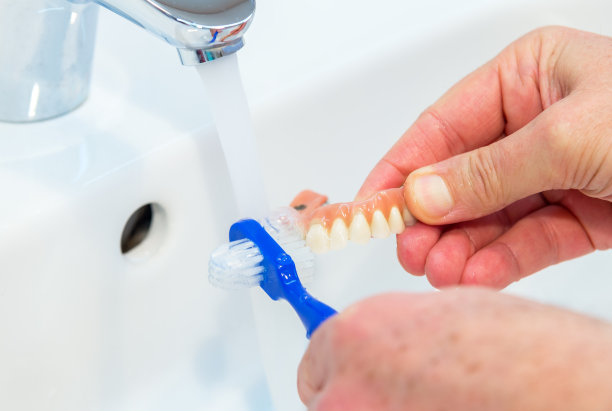The Essential Guide to Extracting a Tooth Steps Advice and Aftercare for a Smooth Recovery
Summary: Extracting a tooth can seem daunting, but understanding the process can make it simpler. This guide offers essential steps, advice, and aftercare tips that ensure a smooth recovery. From preparing for the procedure to managing postoperative care, we cover everything you need to know. Each section provides valuable insights, specifically designed to alleviate concerns and promote optimal healing. Whether it’s your first extraction or a repeat experience, we aim to equip you with practical information that enhances your understanding and confidence. Taking the right preparatory steps, knowing what to expect during the procedure, and following appropriate aftercare are crucial for a successful recovery. Lets delve into the specifics of tooth extraction to ensure your journey is as easy and comfortable as possible.
1. Preparation for Tooth Extraction Procedures

Before a tooth extraction, it’s essential to undergo a thorough evaluation by your dentist. This often involves X-rays to determine the tooths position and condition. Such assessments help discuss potential complications and the best extraction method. Ensuring your dentist is aware of any medical conditions, allergies, or medications you are taking is crucial. This information influences your treatment plan and can ensure your safety during the procedure.
Next, you should discuss sedation options with your dentist. Depending on your comfort level and the complexity of the extraction, you may choose local anesthesia, sedation, or general anesthesia. Understanding these options allows you to decide what best suits your needs and can make the procedure much less intimidating.
Finally, preparation also entails planning the post-extraction recovery. Arrange for someone to accompany you to and from the appointment, as you may feel groggy after the procedure. Preparing your home for rest, with soft foods and ice packs readily available, can make your recovery period smoother.
2. What to Expect During the Procedure
The actual tooth extraction procedure typically begins with the application of anesthesia, making the immediate area numb. You might feel pressure during the extraction, but sharp pain should not occur. Understanding this can help manage anxiety; knowing what sensations to expect can provide reassurance.
Your dentist will then work to loosen the tooth by gently rocking it back and forth. If necessary, they may need to make incisions in the gum to facilitate the extraction. Its important to remain calm and still during this process; remember, the dentist is trained to manage any complications that arise.
Once the tooth is removed, your dentist will place gauze over the extraction site to control bleeding. You will receive instructions regarding bite pressure and when to replace the gauze. This phase is crucial as its the initial step toward ensuring clean and effective recovery.
3. Post-Extraction Care for Optimal Healing
After the extraction, following aftercare instructions is vital for effective healing. Initially, you should avoid rinsing your mouth, sucking on straws, or spitting forcefully, as these actions can dislodge the blood clot that forms in the socket. Maintaining this clot is essential for proper recovery.
Pain management is another key aspect of post-extraction care. Your dentist may prescribe pain relievers or recommend over-the-counter medications. It’s important to take them as directed and not wait for the pain to become severe before taking a dose.
Diet also plays a significant role in your recovery. Sticking to soft foods like yogurt, mashed potatoes, and smoothies for the first few days can ease discomfort and prevent irritation of the extraction site. Keeping hydrated is essential but should be done carefully to avoid disrupting the blood clot.
4. Monitoring Recovery and When to Seek Help
Monitoring your recovery is essential—be aware of any unusual symptoms such as excessive bleeding, persistent pain, swelling, or signs of infection like fever. If you notice these symptoms, contacting your dentist promptly is crucial. Early intervention can prevent more severe complications.
Swelling is common after an extraction. To manage this, apply ice packs to the outside of your cheek in the first 24 hours. Following this, warm compresses can help. Additionally, keeping your head elevated while resting can minimize swelling.
Follow-up appointments may be necessary to ensure proper healing. During these visits, your dentist can assess the extraction site and provide additional care if needed. Staying committed to these follow-up visits is a proactive way to safeguard your oral health.
Summary:
The process of tooth extraction, while daunting, can be made easier with preparation, a clear understanding of the procedure, and diligent aftercare. Following these guidelines helps ensure a smooth recovery and minimizes risk. Effective communication with your dentist is paramount to address any concerns, enhancing your overall experience and comfort.
This article is compiled by Vickong Dental and the content is for reference only



